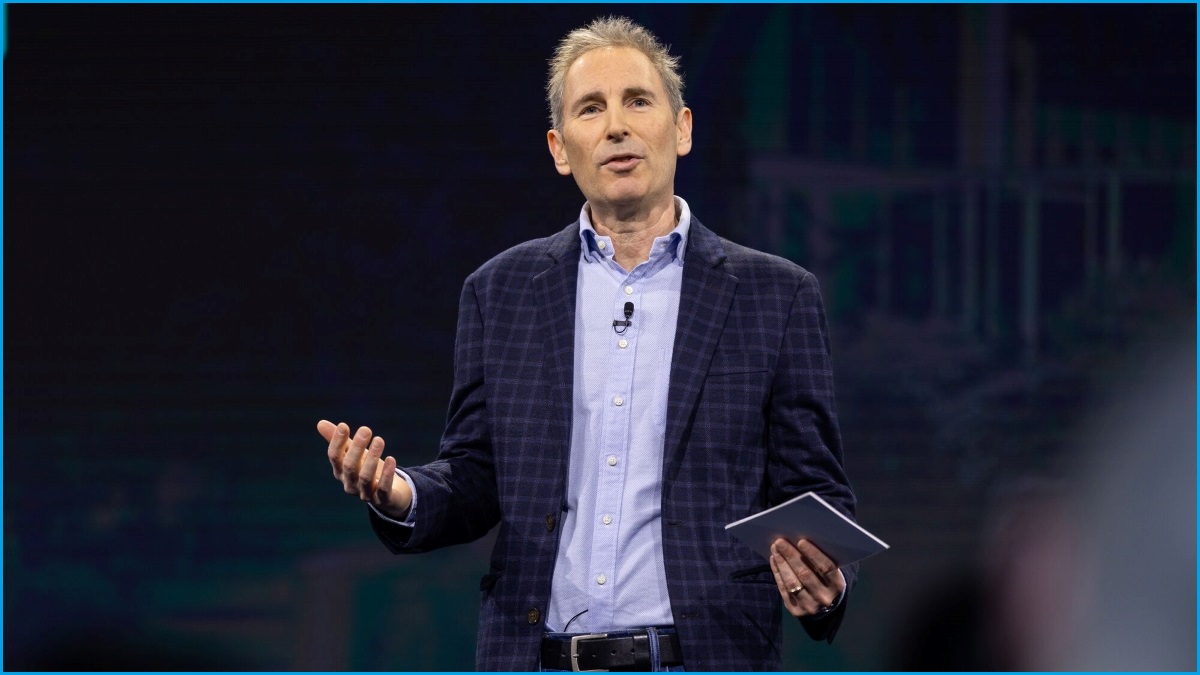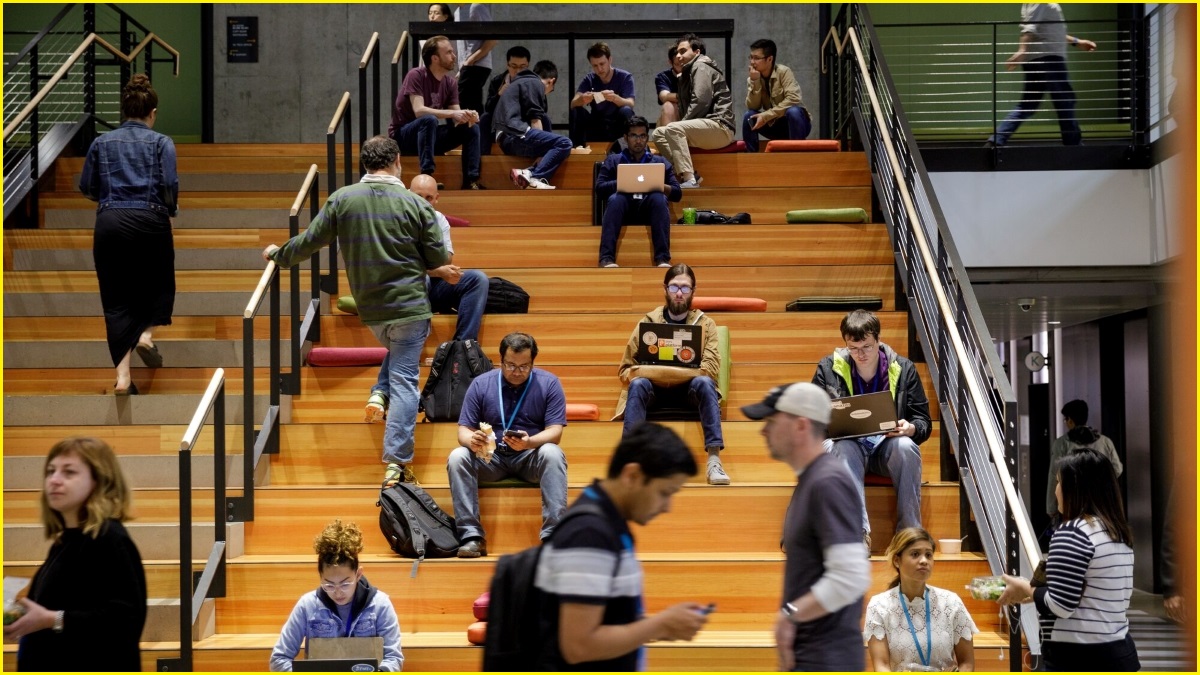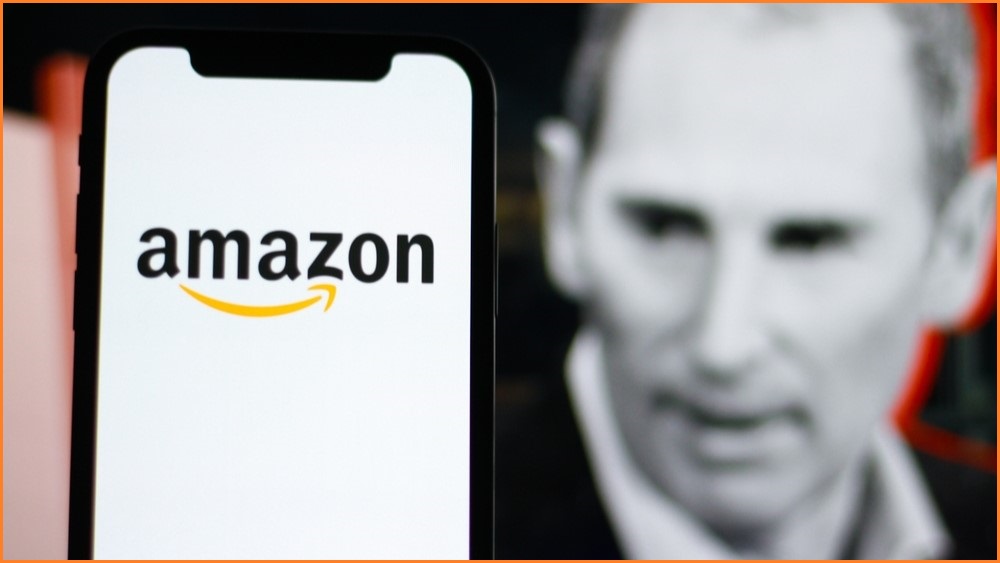Amazon CEO Andy Jassy says the American technology and ecommerce giant expects its corporate workforce to shrink “in the next few years” because of “efficiency gains from using AI”.
“As we roll out more generative AI and [AI] agents, it should change the way our work is done,” Jassy said in a memo to Amazon staff on Tuesday.
“We will need fewer people doing some of the jobs that are being done today, and more people doing other types of jobs.”
Jassy encouraged Amazon employees to educate themselves about AI, including by attending workshops and training, and using AI “whenever you can”.
“Those who embrace this change, become conversant in AI, help us build and improve our AI capabilities internally and deliver for customers, will be well-positioned to have high impact and help us reinvent the company,” he said.
Amazon has reduced its headcount in recent years after reaching a peak of just over 1.6 million employees in 2021, according to the company’s annual reports.
After a slight rise in 2024, the company employed approximately 1,556,000 employees at the end of last year.
Jassy has previously raised concerns over bureaucracy within Amazon, writing in September 2024 that the company had “understandably added a lot of managers” as it had grown, which “created artifacts that we’d like to change”.
These included “pre-meetings for the pre-meetings for the decision meetings” and “a longer line of managers feeling like they need to review a topic before it moves forward”, he said at the time.
The issue was mirrored by Microsoft in May this year when its chief financial officer, Amy Hood, suggested the company would reduce some layers of its management structure as it laid off around 6,000 employees globally.
Amazon pouring billions more into AI
Jassy’s latest comments come as Amazon continues to pour tens of billions of dollars into AI, including a commitment to spending $20 billion on Australian data centres over the next four years through its cloud division Amazon Web Services (AWS).
Globally, Amazon has stated it plans to reach $150 billion ($US100 billion) in capital expenditure in 2025, as it continues to increase its investments in AI and its related infrastructure.

Amazon CEO Andy Jassy says efficiency gains from AI will allow the company to reduce its corporate workforce 'in the next few years'. Image: Amazon
Amazon had already “made a lot of progress” integrating generative AI into its systems, said Jassy, who suggested in his Tuesday memo that the company was “still at the relative beginning” and he wanted to go “even faster".
AI agents — software which uses AI to perform multi-step tasks, make decisions, or control other systems — would “change how we all work and live”, he said.
“Agents will be teammates that we can call on at various stages of our work, and that will get wiser and more helpful with more experience.”
Despite foreshadowing more corporate job cuts, Jassy argued well-implemented AI agents could make jobs at Amazon “even more exciting and fun”.
While many of Amazon’s fulfilment centres are already heavily automated and utilise robotics, Jassy said AI had been used to improve those robots’ efficiency, as well as to carry out tasks such as demand forecasting and the placement of inventory.
“Today, we have over 1,000 generative AI services and applications in progress or built, but at our scale, that’s a small fraction of what we will ultimately build,” he said.
“We’re going to lean in further in the coming months.”
AI efficiencies and augmented roles
Jassy’s comments followed similar remarks from other tech company leaders, including Telstra CEO Vicki Brady, who told investors last month that Australia’s largest telecommunications provider would likely have a smaller workforce in 2030 than it does today, partly due to “a significant unlock” facilitated by AI.
Australian design software firm Canva has laid off technical writers as it continues to focus on integrating AI solutions, while US cybersecurity company Crowdstrike reduced its workforce by five per cent in May as AI drove “efficiencies across both the front and back office”.

Amazon has more than 1.5 million employees, down from a peak of around 1.6 million in 2021. Image: Amazon
In April, the CEO of popular language education app Duolingo said the company would only hire new people if it could prove the work could not be automated with AI, following a similar policy announced by Canadian ecommerce platform Shopify.
Some tech companies have backtracked and rehired staff after reducing their headcount with AI efficiencies, but the technology has continued to become more deeply integrated into Australians’ work.
A recent analysis of almost one billion job advertisements by consulting firm PwC found job postings for AI augmentable roles — those in which humans use or work alongside AI — grew by 47 per cent in Australia between 2019 and 2024.
PwC Australia’s AI leader, Tom Pagram, said the technology was becoming “part and parcel of day-to-day work life for an increasing number of Australians”.
“The data shows that those who are mastering, and driving new value from this technology can command higher wage premiums, in some cases, upwards of 56 per cent,” he said.










